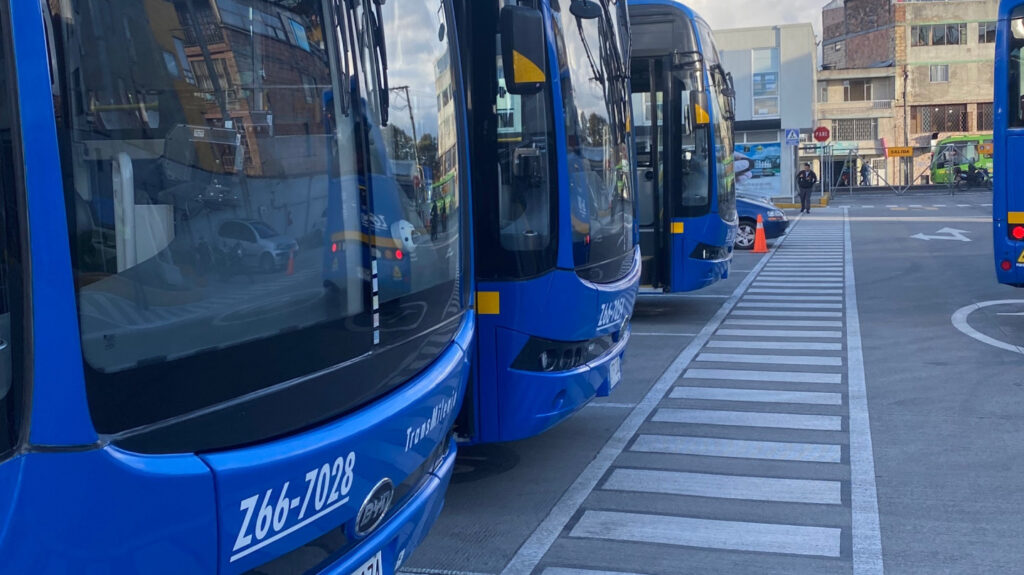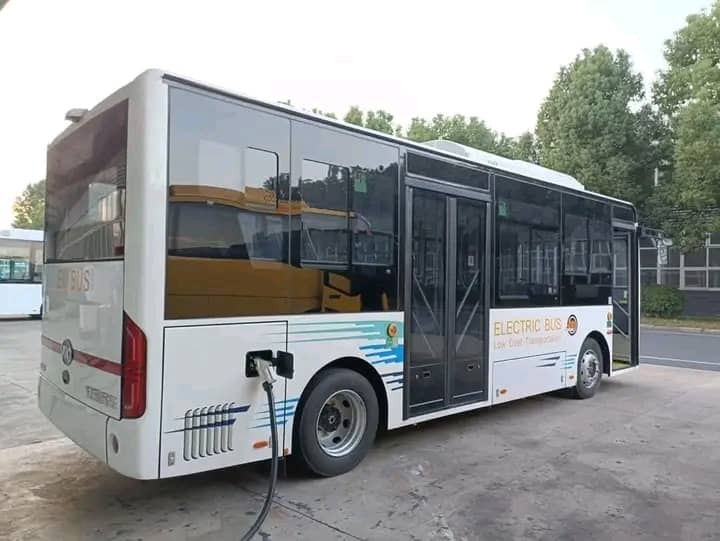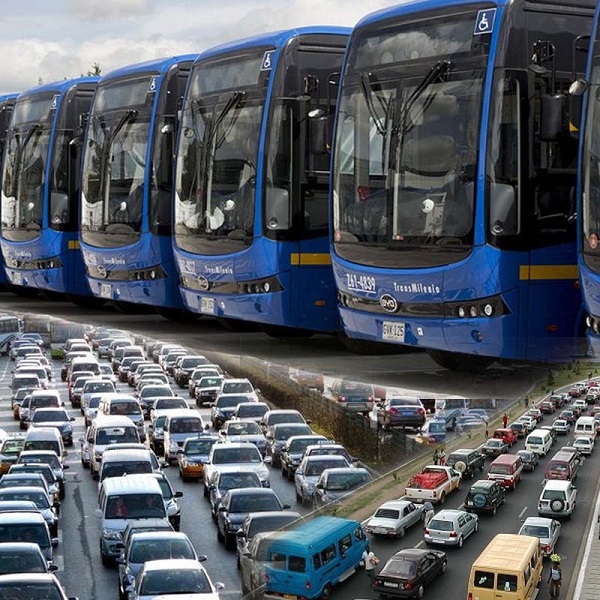Traffic congestion in Accra has long been a daily frustration for residents. Commutes that should take 20 minutes often stretch to over an hour during rush hours. But beyond the inconvenience, the congestion also contributes to pollution, fuel wastage, and reduced productivity. As Ghana explores solutions, a bold question emerges: Could electric buses be the game-changer Accra needs?
Accra’s population has surged, with more than 2 million residents in the Greater Accra Metropolitan Area. The transportation system, however, has not kept pace. Some of the contributing factors to the increasing traffic jams in the Greater Accra region may include: Over-reliance on informal transport (trotros, okadas), lack of dedicated bus lanes, poor road infrastructure and traffic management, and increased private car ownership.

In 2024, the Ghanaian government began piloting electric buses on key commuter routes, like Adenta–Accra, and Ashaiman–Accra. Announced by Vice President Dr. Mahamudu Bawumia in November 2024, the initiative aims to modernize the urban transport system while addressing climate concerns.
However, electric buses alone can’t fix Accra’s traffic woes, but can aid in major parts of the solution. If implemented alongside dedicated lanes, traffic enforcement, and tech-driven scheduling, they could transform the face of our transport in Accra.
Below are ways in which electric buses can contribute significantly to improving a smooth transport system and ease the frustrating Accra traffic woes

Electric buses could revolutionize Ghana’s transit system by reducing congestion and pollution while improving travel efficiency. Capable of carrying 60–100 passengers per trip, they would replace numerous private cars and trotros, easing traffic, especially during rush hours.
Dedicated bus lanes, similar to the Bus Rapid Transit (BRT) system in Lagos, would allow electric buses to bypass congestion and maintain reliable schedules. If properly implemented in Ghana, this could encourage more commuters to switch from personal cars to public transport, improving road efficiency.
Clean, quiet, and modern buses could attract middle-class commuters, shifting travel demand from individual cars to fewer buses, reducing road congestion without compromising comfort. Additionally, electric buses produce no tailpipe emissions, improving air quality in densely populated areas.
However, electric buses alone won’t solve Ghana’s transport challenges. Their success depends on infrastructure upgrades, dedicated lanes, route optimization, and digital ticketing. While promising, they must complement broader urban planning efforts, including road expansions and improved city layouts, to create a truly efficient and sustainable transport system.
For Ghana to embrace modern mobility, investments must focus on integrating electric buses into a well-planned transport network rather than treating them as standalone solutions..




